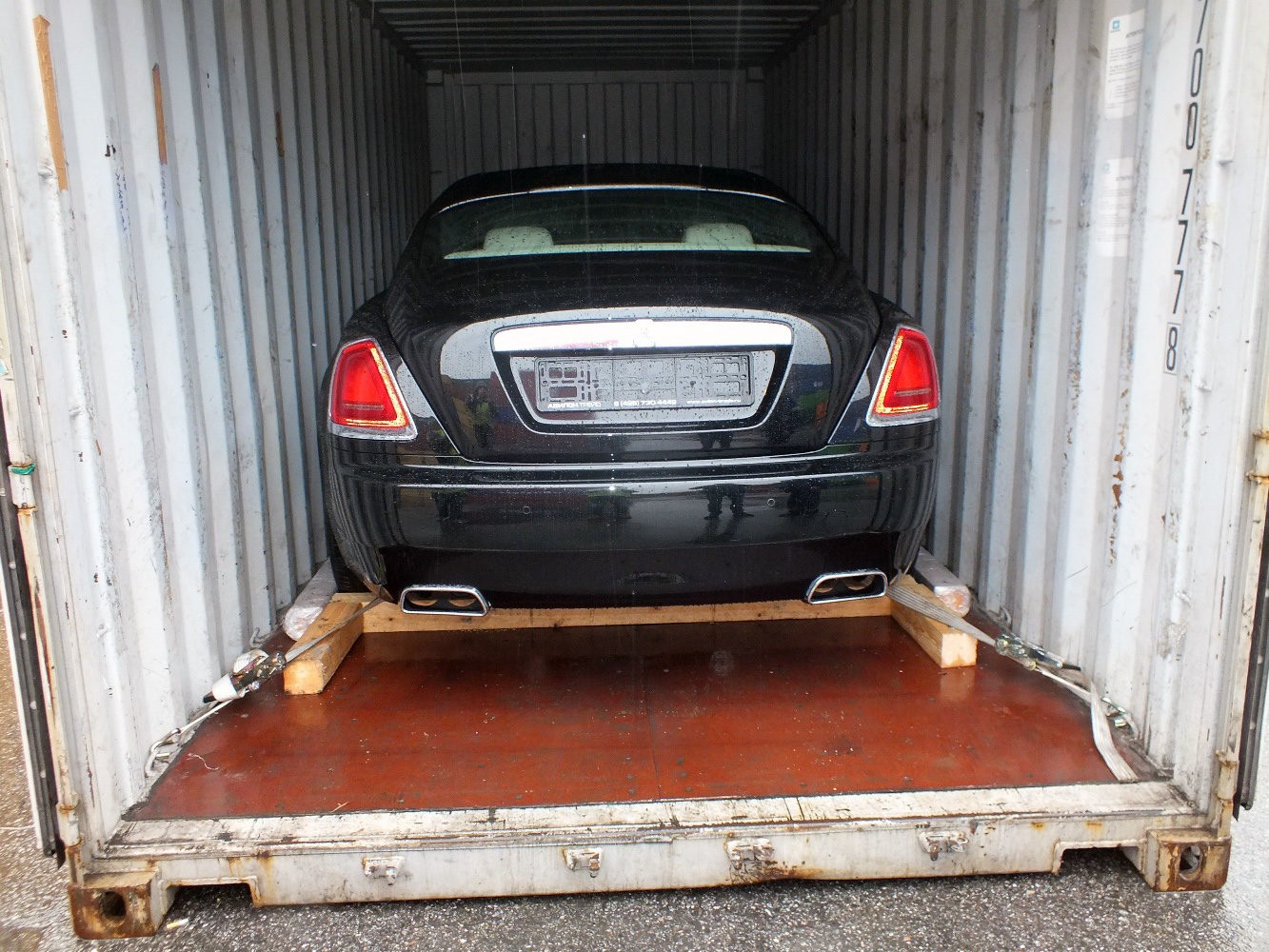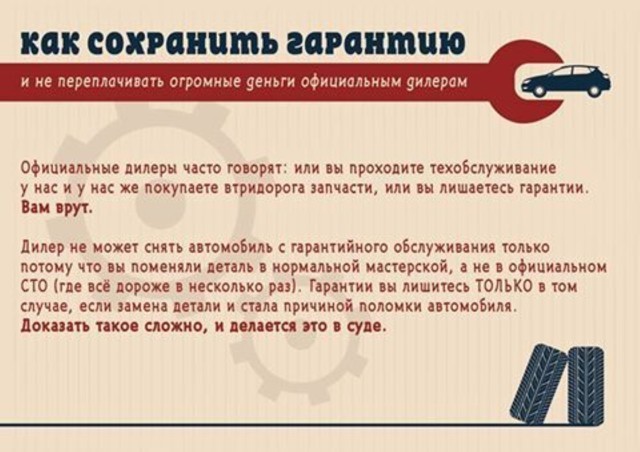
How to send a car
It used to be that if you wanted to buy a car, you would head to the nearest dealership and spend the day shopping. After a while, cars, dealerships, vendors, and deals merged into one. Who hasn't proposed as...
It used to be that if you wanted to buy a car, you would head to the nearest dealership and spend the day shopping. After a while, cars, dealerships, vendors, and deals merged into one. Who didn't propose when the dealership closed just to make it all go away?
The world is different now. You have access to more information than ever before. For a car dealer, this means that the target audience extends far beyond the immediate vicinity. As a buyer, access to information means you can buy the car of your dreams at a price you can afford, regardless of geography.
The globalization of car sales is good in theory, but getting a car from there to here is a real challenge, right? Not really. Transporting a car is a lot easier than you think.
Let's say you're looking for a dark blue 1965 three-speed Ford Mustang but can't find one nearby. You think you're out of luck, don't you? Not so fast. With a little effort, research, and patience, you can most likely find your dream car online. And if the car is in nine states, it doesn't matter because you can have the car delivered.
If you can order pizza online, you can certainly buy this navy blue 1965 Mustang and have it delivered to your front door. Buying a car from someone from all over the country is not difficult (if you are not in a hurry).
Part 1 of 3: Finding a Carrier
Once you have found your vehicle and decided to ship it, you must arrange for the delivery of your vehicle. The shipping process is easy if you know what to do.
Step 1: Find a reliable carrier. Make a list of the carriers you want to use.
You can search the internet to find a wide range of carriers. The Federal Motor Carrier Safety Administration helps consumers verify shippers' records, licenses, insurance, and previous complaints.
Step 2: Compare Prices. Research the shipping rates of the companies you are interested in.
If you live in a small town, ask the shipper if it would be cheaper to ship the car to the nearest big city. Driving for a new car can save you a few dollars.
Step 3. Choose a shipping option. Decide where you want to send the car.
You will need to decide if you want to ship the vehicle door-to-door or terminal-to-terminal.
"Door to Door" is exactly what the name suggests. The carrier picks up the car from the seller and delivers it as close to your home as possible.
Keep in mind that the trucks that carry cars are huge, so if you live on a narrow street, you may have to meet the driver in a more open area.
Terminal-to-terminal is less expensive and more labor intensive for the customer. The vehicle is sent by the sender to the terminal through the shipper in the destination city. The buyer then picks up the car at the terminal.
Step 4: Pickup Planning. The next step after you have found a shipper and determined how the vehicle will be delivered is to schedule the delivery of the vehicle.
Unfortunately, the buyer has little control over this decision. The transport company will call you when they have a truck heading towards you.
If you need an exact pick-up and drop-off date, be prepared to pay extra.
Step 5: Buy insurance. Another important step is to purchase insurance to cover your vehicle while it is in a truck heading towards you.
You will be asked if you would like to cover your vehicle to protect it from rocks and other flying objects as it travels across the country. The alternative is not to cover the car and take a chance.
Car covers are paid extra. If you can afford it, you can rent a covered truck which provides the most protection. The cost of a closed truck is about 60 percent higher.
Step 6. Enter a delivery date. The final step in the shipping process is to work with the shipper to determine a delivery date for your vehicle.
When sending a car, it is useful to remember that transport companies do not deliver overnight. The average waiting time (depending on distance) for delivery can be up to four weeks.
Delivery trucks tend to be less busy during the winter months, so you can get your vehicle faster if you buy it during the low season. Winter is also a good time to bargain for discounts.
Part 2 of 3: Loading and unloading
There are a number of steps that need to be taken before loading the vehicle into the truck. Ask the owner of the vehicle to drain most of the fuel from the vehicle's tank, take pictures of the vehicle before it is loaded, and inspect the vehicle for damage upon arrival at the destination.
Step 1: Empty the fuel tank. Drain off the remaining gas to prevent fire in the event of an accident.
You can either drain the gas from the tank or start the car until the fuel tank is nearly empty.
You can leave in the car from one eighth to a quarter of a tank of gasoline.
Step 2: Take photos. Ask the owner of the car to take photos before loading it onto the truck.
Compare photos with the car upon arrival. This allows you to determine if the car has received any damage during transport.
Step 3: Set up a meeting place. Be flexible with the driver regarding the meeting point.
While it may seem cool to have your car delivered to your front door, your carrier drives a huge truck. If he says that it's easier to meet at the parking lot, it's better to comply with his request.
Step 4: Read the payment terms. When you and your carrier have agreed on a time and place to meet, make sure you understand the payment terms.
Many carriers prefer cash on delivery in the form of cash, cashier's check or money order.
Step 5: Inspect your vehicle. Upon receipt of the vehicle, conduct an inspection by comparing the photographs taken by the seller with the vehicle itself. If there is any damage, note it on the bill of lading before accepting the vehicle. This is your only opportunity to inspect the vehicle and report any damage caused by the carrier. Make sure the driver signs your damages record.
If there is any damage, apply for insurance as soon as possible.
Step 6: Make sure the car starts. Before the carrier leaves, start the car and make sure it works.
- 1 TipA: If you have doubts about the car or the seller, consider using an escrow service to protect yourself. An escrow service such as Escrow.com holds the funds until the buyer takes over the vehicle. If the buyer refuses to own the vehicle, he is responsible for the return shipping costs.
The ability to send a vehicle opens up your options when buying a car. Make sure you follow all procedures related to arranging delivery, payment and inspection of your vehicle upon arrival. Alternatively, you can have one of our experienced mechanics perform a pre-purchase vehicle inspection to make sure everything is in order before you buy it.
